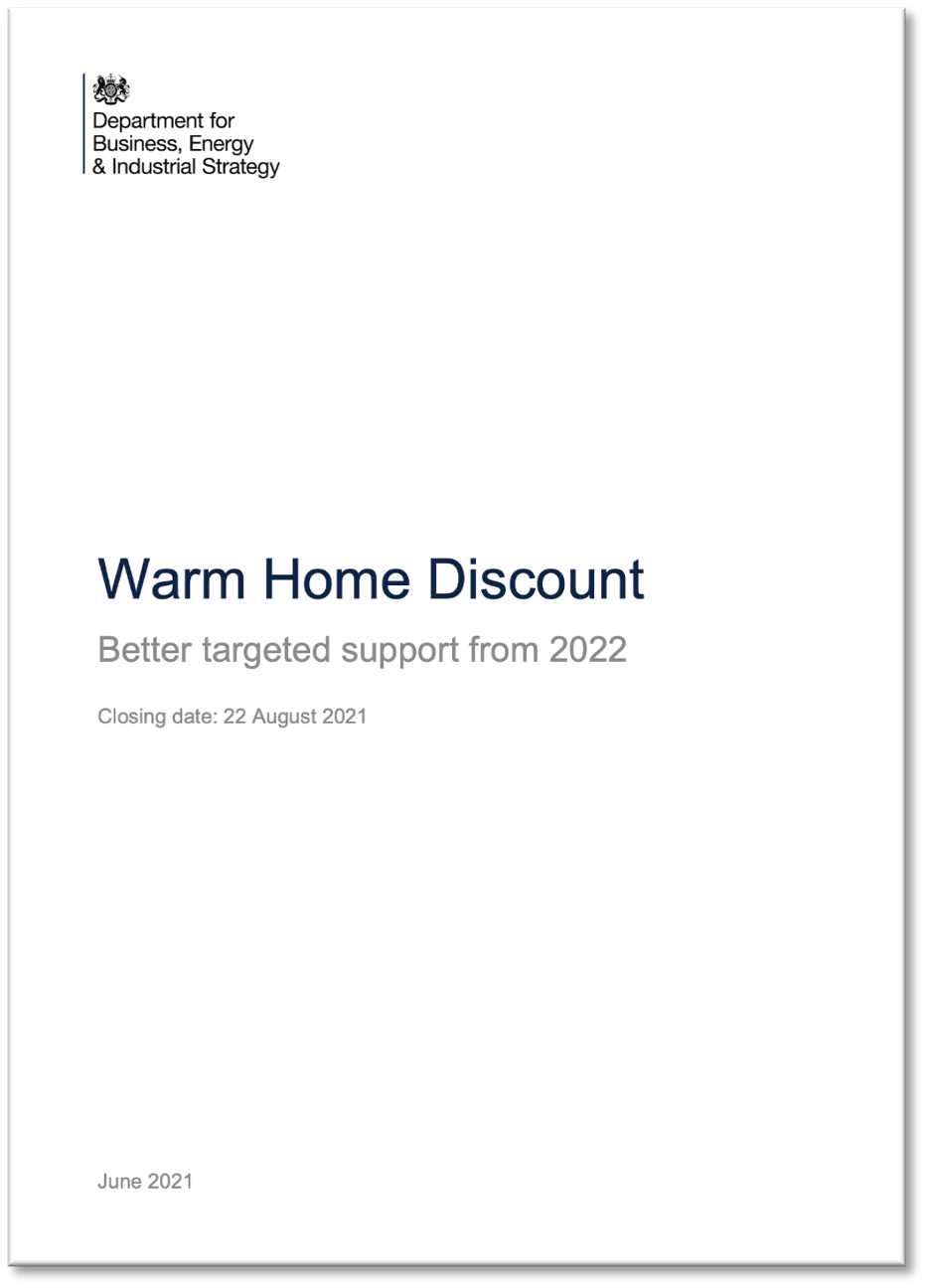Misrecognition and/or nonidentification of at-risk end-users of domestic energy services
Created on 17-10-2023
The transition towards a low-carbon society is anticipated to have significant effects, leading to substantial price volatility in domestic energy services. This situation bears particular implications for the most disadvantaged households, often living in inefficient dwellings heated by the fuels that will be subjected to higher taxes to discourage fossil fuel usage. Concurrently, there seems to be consensus that ensures equitable outcomes throughout this transition, highlighting the principle of 'leaving no one behind'. However, the scholarly debate on how to best identify households at greatest risk of energy poverty remains ongoing and the interim findings have sometimes been inadequately communicated to broader audiences and government policymakers. When specific vulnerabilities of households are not recognised and the most vulnerable households are not properly identified by institutions with the most substantial impact on transition outcomes, achieving a 'just transition' is highly challenging. The effectiveness and fairness of the transition therefore heavily relies on accurately discerning and addressing the needs of at-risk households in the context of a rapidly changing energy landscape.
Systems knowledge
Actors
National government
This actor represents the central governing body and authority responsible for overseeing and managing the affairs of a nation, including policymaking, legislation, and implementation within a certain geographic area.
Local government
This denotes the administrative authority responsible for governing and managing local affairs within a specific geographic area, such as a city, town, or district, through local policies, regulations, and services.
Social housing provider
An entity, often a governmental or non-profit organisation, responsible for offering affordable housing options and related services to individuals or families in need within a community or society.
Method
Microdata collection
This method involves the systematic gathering of detailed (often on a household or individual level) data on a wide range of variables or characteristics, enabling in-depth analysis.
Empirical validation
This refers to the process of verifying and confirming theoretical hypotheses, concepts, or models through practical observations, experiments, or data analysis, establishing their reliability and accuracy based on real-world evidence.
Tools
Indicator development
This involves creating measurable criteria or markers to assess and pinpoint specific characteristics or conditions that would indicate a household's requirement for support or assistance.
Household surveying
This refers to the systematic collection of data from residences to gather insights into various aspects such as demographics, socioeconomic status, living conditions, and specific needs within a community.
Target knowledge
Topic
Energy poverty
Energy poverty refers to the condition where households struggle to meet their basic energy needs for participation in society due to factors such as low income, high prices, poor energy efficiency, and specific energy needs.
Dimension
Social
This dimension relates to aspects influencing or impacting people, communities, and societal structures.
Governance
This involves networks, systems and processes that steer decision-making, service delivery and policy implementation.
Level
Household
This level refers to a basic economic and social unit consisting of individuals living together in a single residence, sharing common spaces, responsibilities, and resources.
Transformation Knowledge
No references
Related cases

Targeting and Policy Efficiency: Exploring the Intended Reform of the Warm Home Discount
Created on 03-04-2023
Related vocabulary
Just Transition
Area: Policy and financing
Created on 03-06-2022
Read more ->